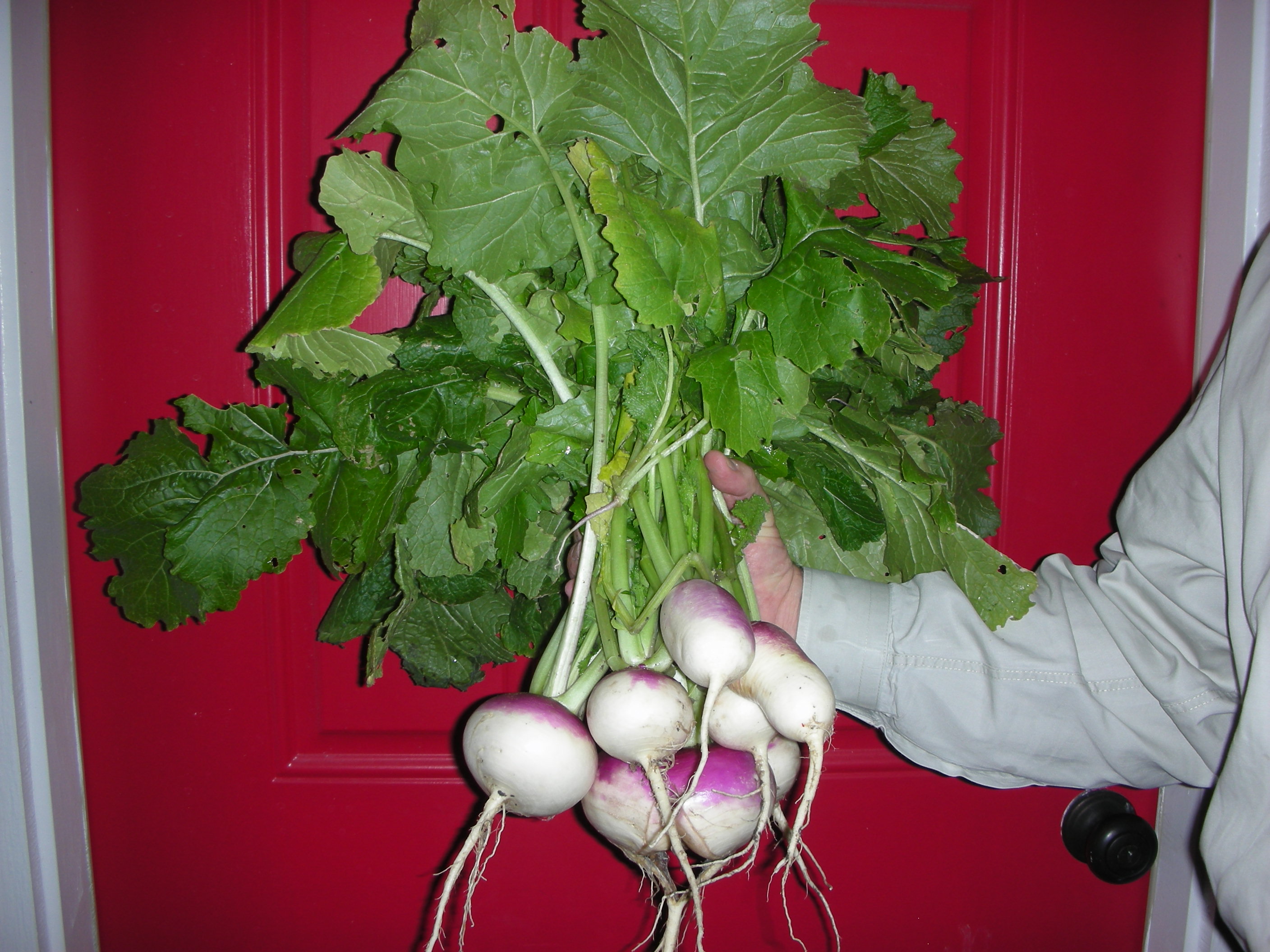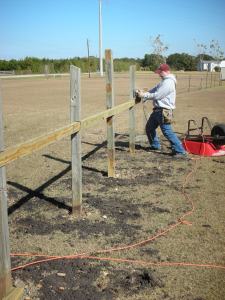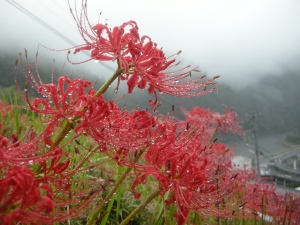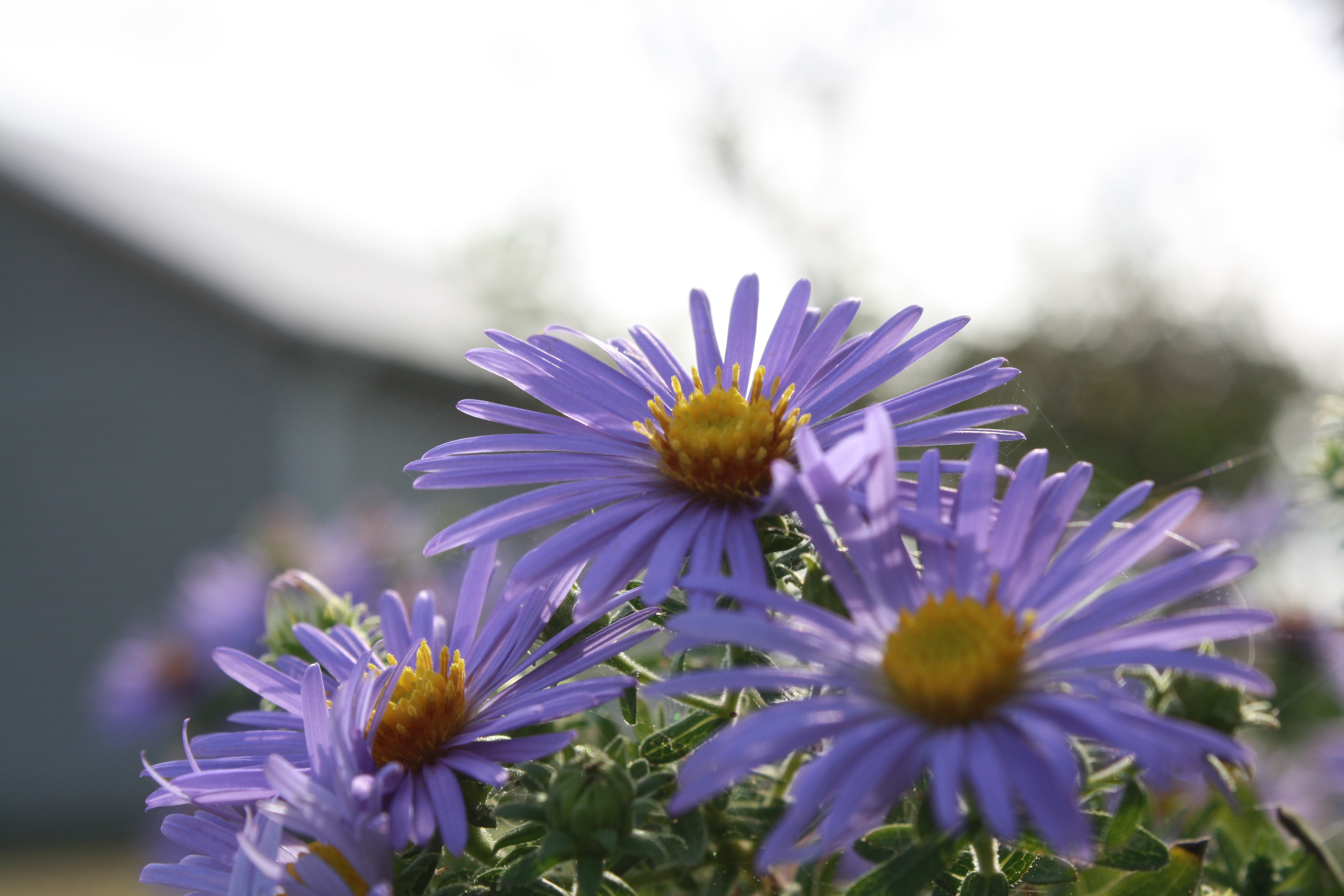*This post was published on 10/27/2010 in “Texas Gardener’s Seeds”
Fall is my favorite time of the year for gardening. While I appreciate the milder temps the season brings, I really love fall gardening because it is the best time of the year for me to correct my landscaping errors! This is very important to me because even though I want a beautifully landscaped yard, I have no discernible talent in the area of landscape design. So, since I love landscaping and I do not have many skills, I make a lot of landscaping mistakes! Fall is the perfect time to “do over” those “mistakes” in my beds that just didn’t turn out as well as I had hoped.
All of the attractive beds at my house are the product of much trial and error. Each winter I sit down and make a list of the new plants that I want to plant. Then I get out the graph paper and lay out a plan. For some reason, the resulting beds never look as good in my yard as they did on the paper. So, every fall, I move the things that I think would look better somewhere else. Very few of the plants at our house are currently located in place they were originally planted. This drives my wife crazy, she jokingly calls me “The Mover”. That’s o.k. I would rather take her teasing than leave a plant in a place that I don’t enjoy.
A lot of people seem to think that plants will die if they move them. I have not experienced this in any great measure. I have moved a few things that did die, but most of the things that I have moved have done alright. In fact, many plants need to be dug up periodically and “moved” in order to thrive. Bulbs and irises are classic examples. Most horticulturists recommend that bulbs and corms that readily divide should be divided every three years. If you leave irises alone long enough, the clump will start to die in the center as it spreads outward. This leaves a fairly unattractive iris “ring” that can only be fixed by digging them up and moving them around.
Bulbs are not the only thing that can be transplanted relatively easy. I have learned that just about anything can be moved (as long as it doesn’t have a deep tap-root). Using the method described below I have successfully moved red buds, crape myrtles, roses, small oaks, and a mature sage. I have even successfully moved half-grown tomatoes, peppers, and many annuals in full bloom. So far this year, I have moved the afore-mentioned sage, some flame acanthus, lots of ruellia, lots of yarrow and two clumps of coreopsis. Here is how I do it.
First, I dig the hole where the plant is going. This is important. The new hole should be as deep and wide as the root ball of the plant you are moving. Once a plant is pulled up from its original location, the roots start to dry out. Having the new hole ready will allow you to decrease the shock of transplanting by quickly getting the roots back in the ground as fast as possible.
Next, dig up the plant to be relocated. I dig in a manner that keeps the root ball intact. I do this by using my shovel to cut a complete circle into the ground around the plant. As I dig, I push the shovel into the ground at an angle toward the plant. This will cut the plants roots and allow you to pull up a section of soil that is roughly the shape of a bowl. Again, try to keep this soil intact as it protects the roots from exposure.
Finally, use your shovel to transport the plant and root ball to the new hole. Make sure the plant is replanted at the same depth as it was in the original location. Now back fill, tamp the soil and water. Proper watering is critical to the success of this operation. I always water very deeply immediately after replanting and then I give it a good deep watering every day for at least a week.
I know in the ideal world, we would design a bed, plant it and then enjoy it for all eternity. Most of us don’t live in that ideal world though. If you are not happy with a plant in its current location, wait until fall arrives and then move it. The milder fall temperatures put less stress on the plant and provide ample time for the plant to re-root before the cold temperatures of winter kick in. If you take a little care while relocating them, most plants will hardly even realize that they have been moved!
P.S. Here is a link to a YouTube video from Bob Villa Productions that shows a guy doing pretty much what I describe in this article. http://www.youtube.com/watch?v=zHjXv5j3yxo




















